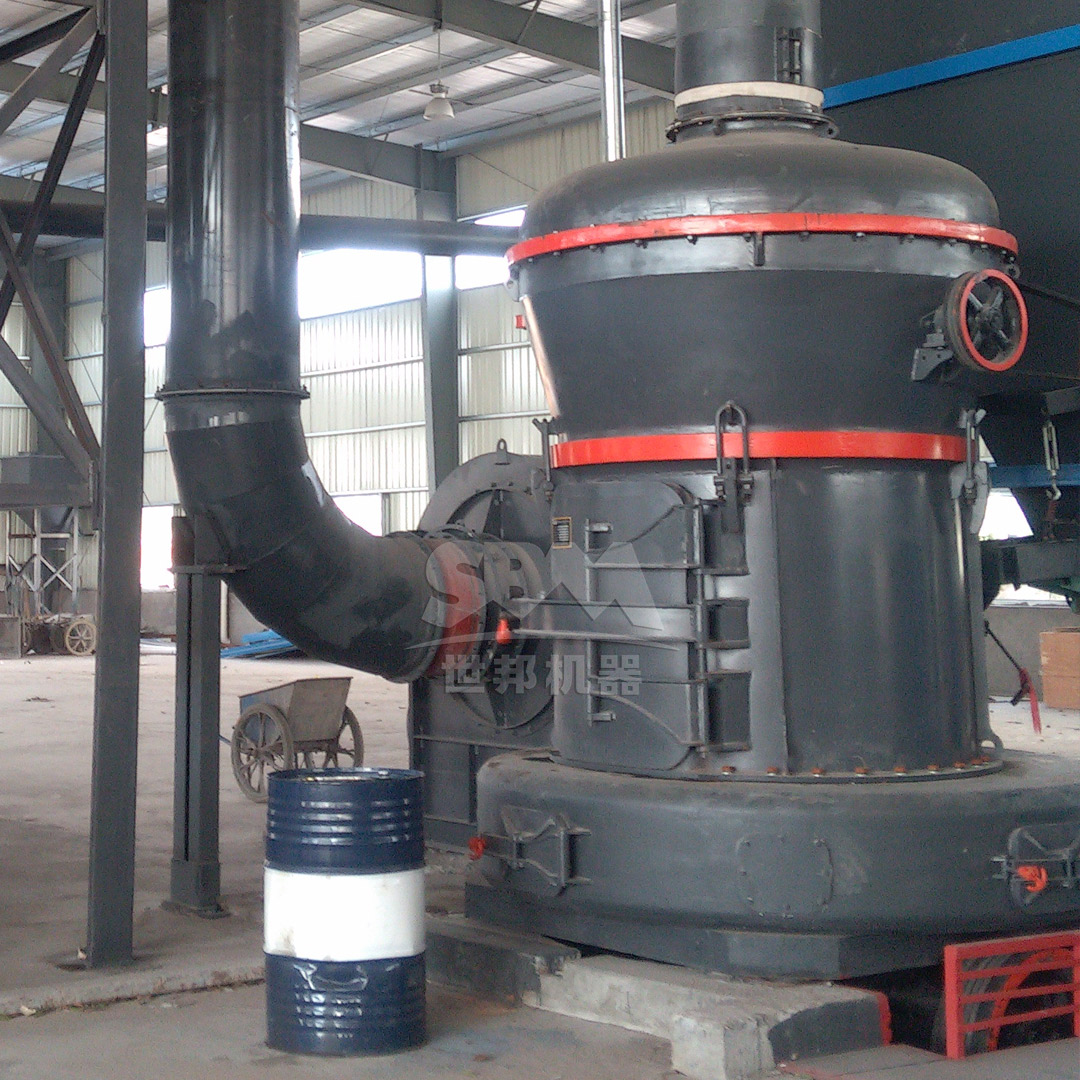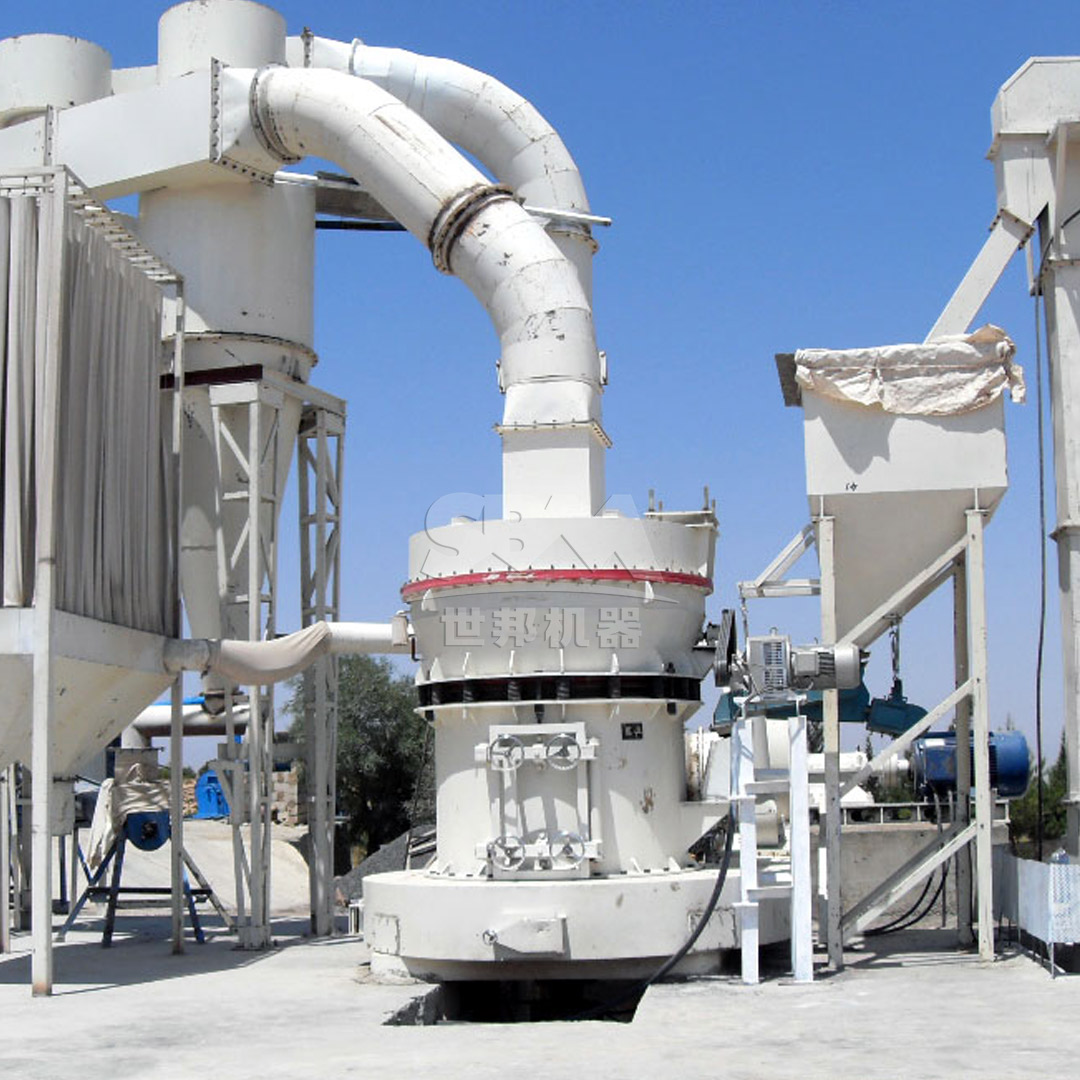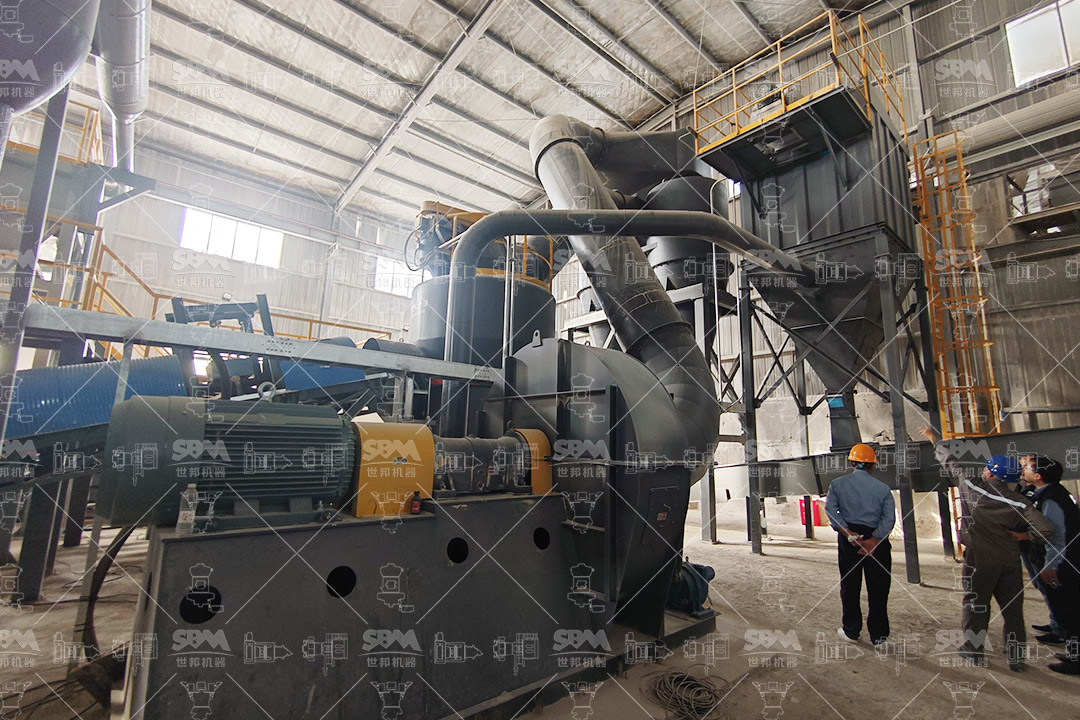In today’s competitive manufacturing landscape, optimizing production costs while maintaining product quality is paramount to sustainable business operations. Among the various factors influencing manufacturing economics, grinding equipment stands out as a critical component that significantly impacts overall production costs. From energy consumption and maintenance requirements to product quality and operational efficiency, the choice of grinding technology can make or break a company’s bottom line.
This comprehensive analysis explores how grinding equipment affects production costs across multiple dimensions, including capital investment, operational expenses, maintenance requirements, energy efficiency, and product quality. By understanding these relationships, manufacturers can make informed decisions when selecting grinding equipment that aligns with their specific production needs and financial objectives.
The upfront cost of grinding equipment represents a significant capital expenditure for manufacturing operations. This investment encompasses not only the equipment itself but also installation, commissioning, and any necessary infrastructure modifications. High-capacity grinding systems with advanced features typically command premium prices, but their long-term benefits often justify the initial outlay.
When evaluating capital investment, manufacturers must consider the total cost of ownership rather than just the purchase price. Equipment with higher initial costs but lower operational expenses may prove more economical over its lifecycle. Additionally, modular designs that allow for future expansion or upgrades can provide flexibility while managing upfront investment.
Energy consumption represents one of the most substantial operational expenses in grinding operations. Traditional grinding technologies often suffer from inefficient energy utilization, with a significant portion of input energy converted to heat rather than productive work. Modern grinding equipment addresses this challenge through innovative designs that maximize energy efficiency.
For instance, our SCM Ultrafine Mill demonstrates remarkable energy efficiency with capacity twice that of jet mills while reducing energy consumption by 30%. This efficiency translates directly to lower electricity costs, which can account for 40-60% of total grinding operational expenses in many manufacturing settings. The intelligent control system with automatic feedback on product fineness further optimizes energy usage by adjusting operational parameters in real-time based on material characteristics and desired output specifications.
| Grinding Technology | Relative Energy Consumption | Typical Efficiency Range | Cost Impact per Ton |
|---|---|---|---|
| Traditional Ball Mills | 100% (Baseline) | 45-65% | High |
| Jet Mills | 85-95% | 50-70% | Medium-High |
| SCM Ultrafine Mill | 60-70% | 75-90% | Low-Medium |
| LM Vertical Roller Mill | 55-65% | 80-92% | Low |

Labor costs associated with grinding operations include equipment operation, monitoring, quality control, and routine maintenance. Advanced grinding systems with automated controls and remote monitoring capabilities can significantly reduce labor requirements while improving consistency and reducing human error.
Our grinding equipment incorporates intelligent control systems that minimize the need for constant operator intervention. Features such as automatic product fineness feedback, remote operational capability, and predictive maintenance alerts enable manufacturers to optimize staffing levels while maintaining operational excellence. This automation not only reduces direct labor costs but also enhances workplace safety by minimizing operator exposure to potentially hazardous conditions.
Maintenance represents a critical cost factor in grinding operations, encompassing both scheduled preventive maintenance and unscheduled repairs. Equipment with complex mechanical systems or wearing components that require frequent replacement can generate substantial maintenance costs over time, including parts, labor, and production losses during maintenance windows.
Our grinding equipment addresses these challenges through durable designs that extend component life and reduce maintenance frequency. For example, the SCM Ultrafine Mill features special material rollers and grinding rings that extend service life several times compared to conventional components. The bearing-free screw grinding chamber design enhances operational stability while eliminating a common failure point in traditional grinding systems. These design innovations collectively reduce maintenance requirements by 30-50% compared to conventional equipment, translating to significant cost savings and improved equipment availability.
Unplanned equipment downtime represents one of the most costly events in manufacturing operations, resulting in lost production, delayed orders, and potential penalty charges. The reliability of grinding equipment directly impacts overall equipment effectiveness (OEE) and manufacturing throughput.
Modern grinding systems incorporate features that minimize both the frequency and duration of downtime. Quick-change components, modular designs, and advanced diagnostic systems enable faster maintenance and repairs when required. Additionally, robust construction and precision engineering reduce the likelihood of unexpected failures that disrupt production schedules.

The quality consistency of ground products directly influences manufacturing costs through several mechanisms. Equipment that produces inconsistent particle size distribution or contamination may result in product rejection, rework requirements, or downstream processing challenges. In extreme cases, poor grinding quality can compromise final product performance, leading to customer complaints and potential liability issues.
High-precision grinding equipment with advanced classification systems addresses these quality challenges effectively. Our MTW Series Trapezium Mill exemplifies this approach with its curved air channel optimization that reduces energy loss while improving transmission efficiency. The integrated classification system ensures precise particle size control, minimizing off-spec product and associated quality costs. The conical gear integral transmission achieves 98% efficiency while saving space and reducing installation costs.
| Quality Parameter | Traditional Equipment | Advanced Grinding Systems | Cost Impact |
|---|---|---|---|
| Particle Size Consistency | ±15% variation | ±5% variation | Reduced rework by 20-40% |
| Contamination Risk | Medium-High | Low | Lower rejection rates |
| Product Uniformity | Variable | Consistent | Improved downstream processing |
| Specification Compliance | 85-92% | 95-99% | Fewer customer complaints |
Contemporary grinding equipment incorporates multiple innovations to minimize energy consumption while maintaining or improving throughput. These include optimized grinding geometries, efficient classification systems, intelligent motor controls, and heat recovery mechanisms. The cumulative effect of these innovations can reduce energy costs by 30-50% compared to conventional grinding technologies.
Our LM Series Vertical Roller Mill demonstrates exceptional energy efficiency with consumption 30-40% lower than ball mill systems. The integrated design combines crushing, grinding, and separation functions while reducing footprint by 50%. The non-contact design between grinding rollers and the grinding disc triples the service life of wear parts, further contributing to operational economy.
Precise particle size control represents a critical aspect of grinding operations, directly influencing product performance and manufacturing costs. Modern classification systems integrated into grinding equipment enable tight control over product specifications while minimizing energy-intensive overgrinding.
The vertical turbine classifier in our SCM Ultrafine Mill achieves precise particle size cuts with no coarse powder mixing, ensuring uniform product quality. This technology enables production across a wide fineness range from 325 to 2500 mesh (D97≤5μm) while maintaining consistent performance. The result is reduced material waste, improved product value, and minimized quality-related costs.
Equipment longevity and maintenance requirements significantly impact lifecycle costs. Advanced grinding systems address these factors through robust construction, wear-resistant materials, and maintenance-friendly designs that reduce both the frequency and complexity of service requirements.
Our grinding equipment incorporates special alloy components, innovative wear protection systems, and modular designs that facilitate quick component replacement. The anti-wear shovel blade design in the MTW Series Trapezium Mill features combined shovel pieces that lower maintenance costs, while the curved design extends roller service life. The wear-resistant volute structure with non-clogging design improves air selection efficiency and reduces maintenance costs by 30%.

Environmental regulations increasingly mandate strict control of particulate emissions from industrial processes, including grinding operations. Equipment that fails to meet these standards may require additional pollution control systems or face regulatory penalties, adding to operational costs.
Modern grinding equipment integrates advanced dust collection technology that exceeds international standards. Our grinding systems feature pulse dust collectors with efficiency exceeding 99.9%, ensuring compliance with the most stringent environmental regulations. The fully sealed negative pressure operation prevents dust leakage while maintaining product quality. These integrated environmental controls eliminate the need for additional pollution control equipment, reducing both capital and operational costs associated with environmental compliance.
Workplace noise regulations represent another compliance consideration that can impact grinding operations. Equipment that exceeds permissible noise levels may require additional engineering controls, personal protective equipment, or operational restrictions that increase costs.
Our grinding equipment addresses noise control through integrated acoustic engineering. The SCM Ultrafine Mill operates at noise levels below 75dB through soundproof chamber design, while the LM Series Vertical Roller Mill maintains noise below 80dB(A). These low noise profiles not only ensure regulatory compliance but also contribute to improved working conditions and reduced hearing protection requirements.
Selecting the appropriate grinding technology for specific applications represents a critical decision point in cost optimization. Factors such as material characteristics, required product fineness, production volume, and available utilities all influence the economic performance of grinding operations.
Our diverse product range addresses various application needs with optimized solutions. The SCM Ultrafine Mill excels in applications requiring ultra-fine powders from 325 to 2500 mesh, with throughput ranging from 0.5 to 25 tons per hour depending on model selection. For medium-fine grinding requirements from 30 to 325 mesh, the MTW Series Trapezium Mill offers capacities from 3 to 45 tons per hour with superior energy efficiency and maintenance characteristics.
Comprehensive evaluation of grinding equipment should extend beyond initial purchase price to consider total lifecycle costs. This analysis should incorporate energy consumption, maintenance requirements, component replacement costs, operational labor, and potential production losses due to downtime.
When applying lifecycle cost analysis to our grinding equipment, manufacturers typically discover that higher initial investment is offset by significantly lower operational expenses. The advanced technologies in our SCM Ultrafine Mill and MTW Series Trapezium Mill deliver rapid return on investment through reduced energy consumption, minimal maintenance requirements, improved product quality, and enhanced operational reliability.
| Cost Category | Traditional Equipment | Advanced Grinding Systems | Potential Savings |
|---|---|---|---|
| Energy Consumption | 100% (Baseline) | 60-70% | 30-40% |
| Maintenance Costs | 100% (Baseline) | 50-70% | 30-50% |
| Component Life | 12-18 months | 24-36 months | 50-100% extension |
| Product Quality Costs | 3-5% of production value | 1-2% of production value | 40-60% reduction |
| Environmental Compliance | Additional systems required | Integrated solutions | 20-30% lower costs |
Grinding equipment represents a significant factor in manufacturing economics, influencing costs across multiple dimensions including energy consumption, maintenance requirements, product quality, and environmental compliance. Advanced grinding technologies such as our SCM Ultrafine Mill and MTW Series Trapezium Mill deliver substantial cost advantages through innovative designs that optimize energy efficiency, extend component life, ensure product quality consistency, and simplify maintenance.
Manufacturers seeking to enhance their competitive position should carefully evaluate grinding equipment based on total lifecycle costs rather than initial purchase price alone. The integration of advanced technologies in modern grinding systems typically delivers rapid return on investment while supporting broader operational objectives including quality improvement, environmental compliance, and production flexibility.
As manufacturing continues to evolve toward greater efficiency and sustainability, the role of advanced grinding equipment will become increasingly critical. By selecting equipment that balances technical performance with economic considerations, manufacturers can optimize their production costs while maintaining the product quality necessary to compete in global markets.